How to design a fragrant garden – 10 beautiful, aromatic ideas
These expert ideas for designing a fragrant garden will allow you to create a feast for the senses in every season

Jennifer Ebert
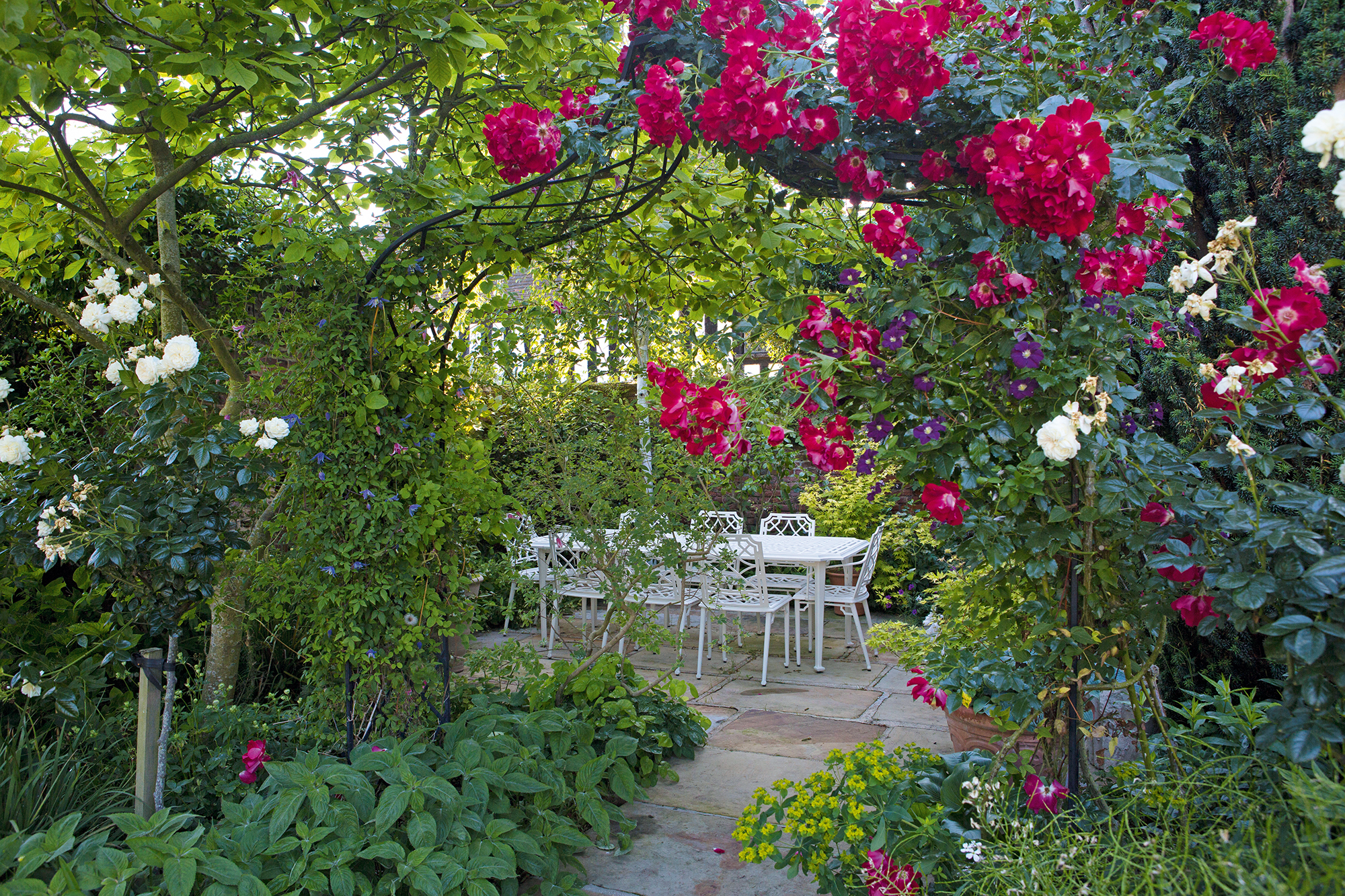
A fragrant garden will appeal to all of your senses, offering scent and beauty at different times of day all throughout the year.
There are so many different plants to choose from, with the very best fragrant flowers forming an important part of the sensory garden experience.
'Fragrance in a garden welcomes you and your guests to your space. It also brings alive your other senses, which make you more aware and help in remembering special moments,' says Daniel McCurry, owner of Father Nature Landscapes.
'When a guest comes into a space, the more senses used, the more lingering happens. That's why it's important to create a thoughtful layout with plants that smell and move.'
Once you have planted your fragrant garden, get into the habit of stopping to smell plants as well as looking at them – moments like these can help to reinvigorate and lift your spirits. It can also be a lovely way to make a memory garden for those you have lost.
An added bonus is that the plants that smell enticing to us are also often alluring to bees, butterflies and other beneficial insects. At night they'll attract moths, which in turn are a lure for bats, so fragrant gardens are also great for wildlife.
1. Create a fragrant garden for every season
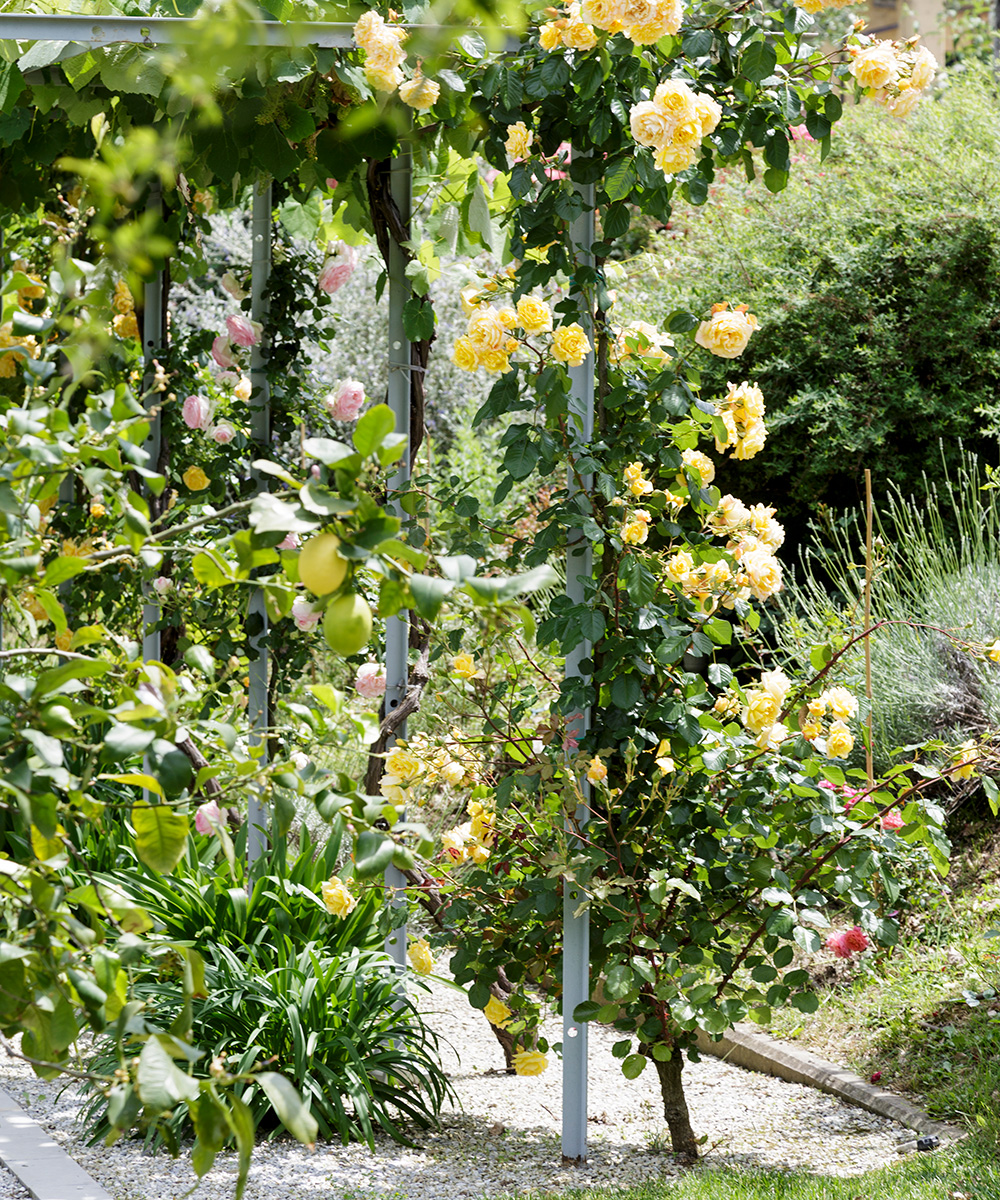
The secret to designing a fragrant garden is to choose scented flowers that bloom at different times of the year. Fortunately, with myriad planting options available, you are spoiled for choice.
Design expertise in your inbox – from inspiring decorating ideas and beautiful celebrity homes to practical gardening advice and shopping round-ups.
'Get to know the local plant palette on the go, so you become more familiar with what you have available in your area,' says McCurry. 'Once you know which plants will add in the scents you want throughout the year, you can develop a fragrance calendar.'
Make sure each key area of the garden will benefit from fragrance in each season.
'In early spring you might plant snowdrops, crocuses, scilla and grape hyacinths for a sweet fragrance,' says Lindsey Hyland, founder of Urban Organic Yield.
'In summer, plant perennials like lavender, rosemary, salvia and thyme. In fall, try planting chrysanthemums and dianthus. And in winter, you can still enjoy the fragrance from plants like evergreens, holly and sweet box.
'By using a variety of fragrant plants, you can have a garden that is always full of scent.'
2. Add night-scented plants for evening atmosphere
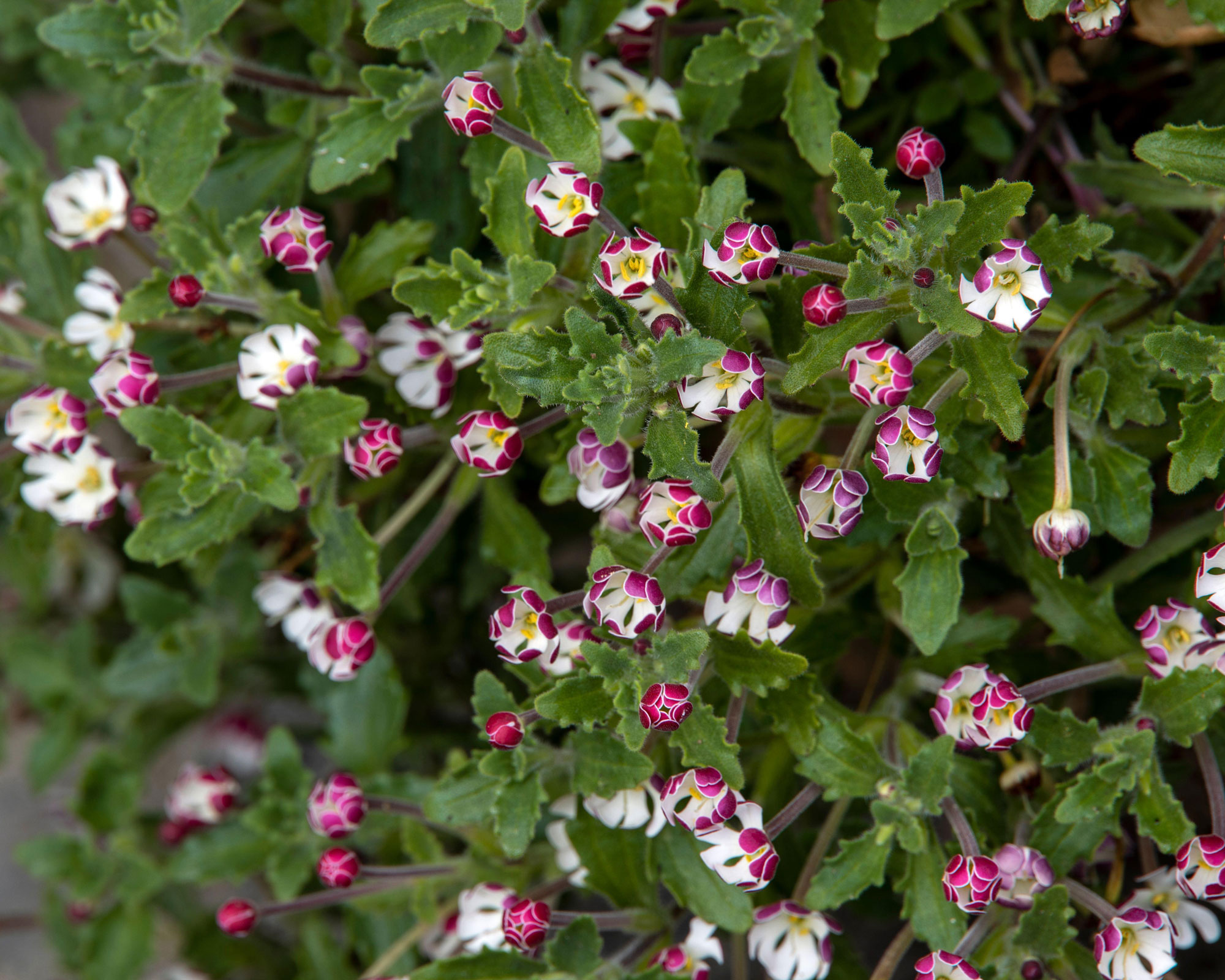
As well as across the seasons, think about adding fragrance at different times of day – there are some wonderful night-scented plants that perfume the air, and add dramatic shadows, luminous color and shimmer.
'As a moonlit garden was an essential part of 17th century Rajput palaces, equally is the summer evening spent in a Brooklyn brownstone garden or a Tribeca roof garden,' says Todd Haiman, owner of Todd Haiman Landscape Design.
'Many of the fragrant plants associated with moonlight gardens have white flowers.'
Think night-scented phlox, moonflower, star jasmine, gardenia, and night-scented phlox, while night-scented stocks will add a splash of color.
3. Plan plants' positioning carefully
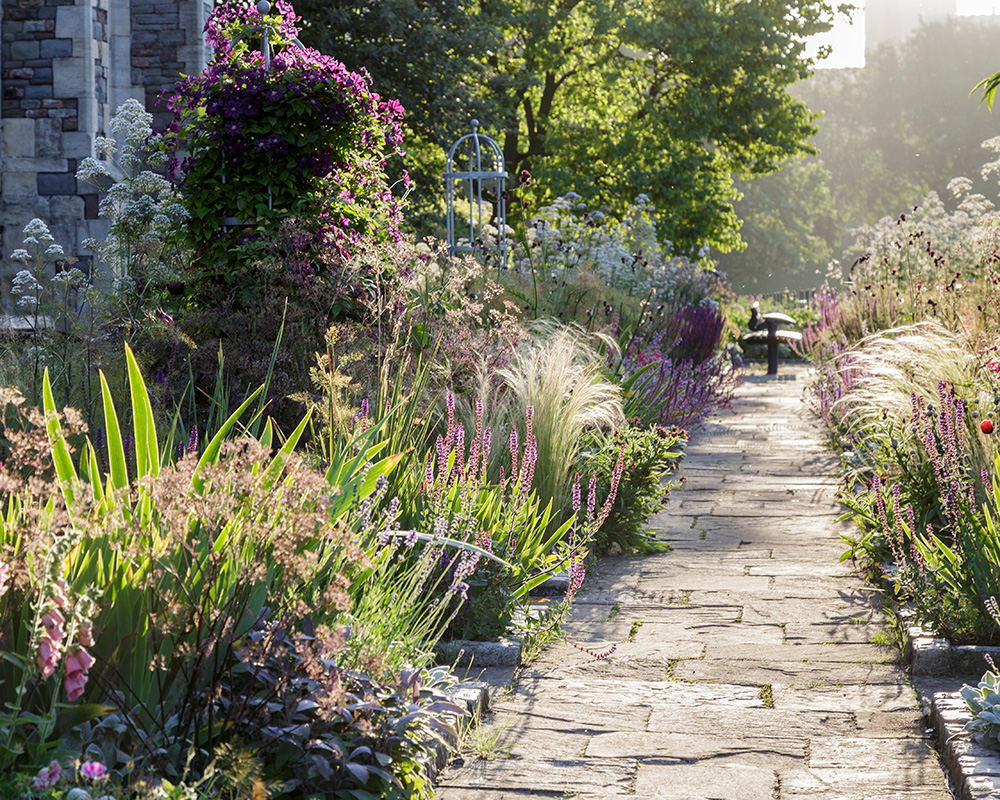
When choosing what plant varieties to buy, think carefully about where you can position them to make the most of their fragrance.
Interestingly, some perfumes take time to develop, so certain flowers, such as chocolate cosmos, can smell more appealing from a distance.
You could also have scented climbers such as honeysuckle or chocolate vine near the windows of your home, or next to your favourite seating areas.
While many fragranced plants will naturally scent the air without any contact, certain aromatic plants usually only release their fragrant oils when they are rubbed.
'In order to get maximum impact, you’ll need to provide easy access to the plants and place them in locations where they may be rubbed against,' says Chuck Smith, owner of landscape design firm Alpha Zeta.
'This is why pathways are common for fragrant gardens as they allow for the plants to be rubbed against, releasing those oils into the air.'
Lavender planted on either side of a path is ideal for this, while thyme planted in between paving slabs gives off a subtle aroma as you walk across it.
Smith also recommends positioning plants you’ll want to rub – such as herbs – towards the front of borders, whereas more flowery, colorful plants should be towards the back or ceded through the green to provide colour and contrast but to avoid them potentially getting damaged.
Most scented plants like a warm, sunny spot – but not all – so look at the planting instructions carefully before you buy.
4. Avoid competing scents
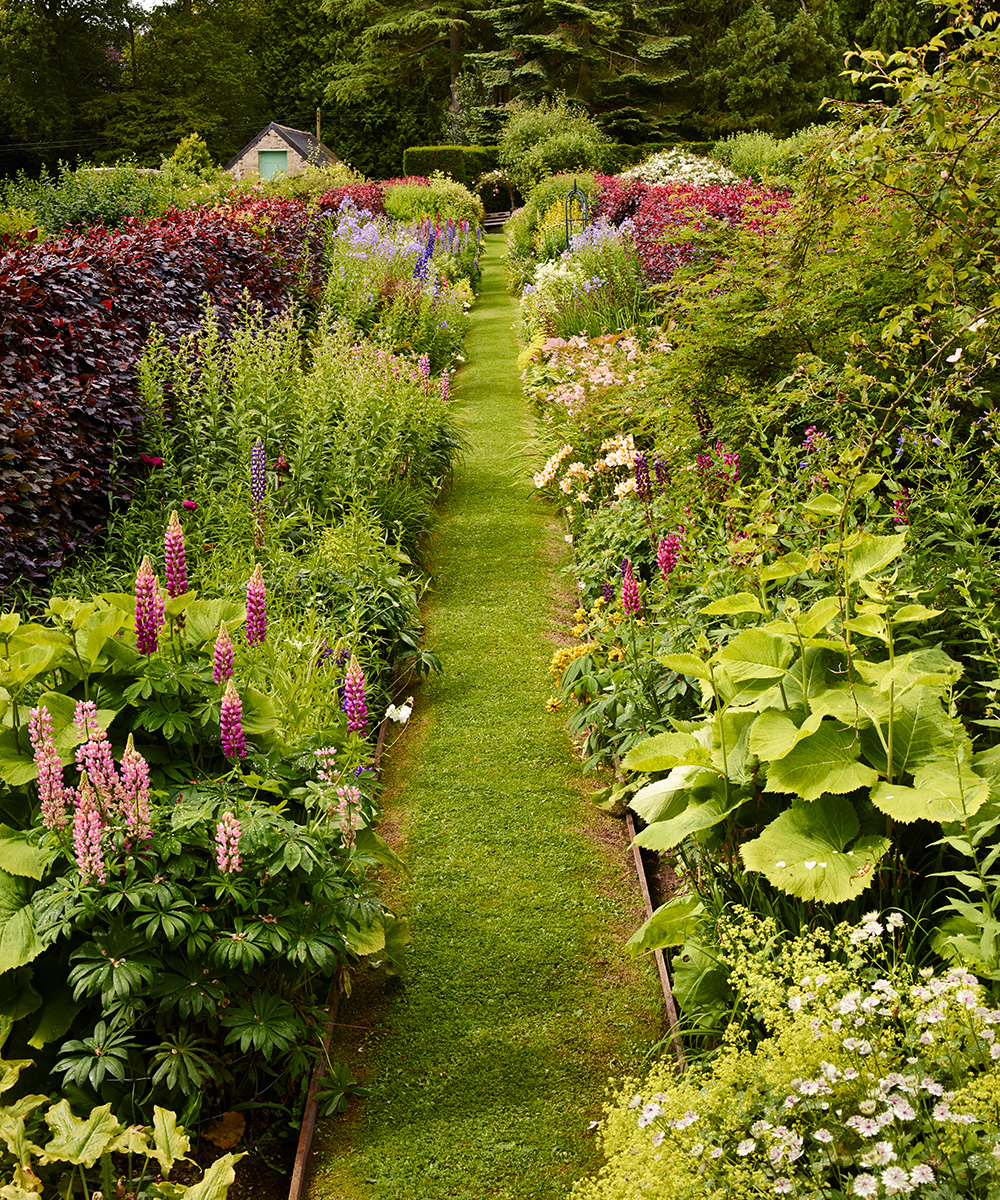
When planning your fragrant garden, think about the proximity of one scented plant to another.
'You don't want strong scents competing with each other, especially if they are not complementary,' says Sandra Nanka, owner of Mudbrick Herb Cottage.
'You also want to consider proximity to outdoor entertaining areas where you may be dining or sitting, and whether their scents will be too strong.'
However, mixing different fragranced plants can create a unique perfume, so don't be afraid to combine scents.
'I've rarely been in an environment that competed in a way that isn't intriguing. Additionally, most fragrant plants bloom at different times of the year,' says McCurry.
5. Plan around garden features
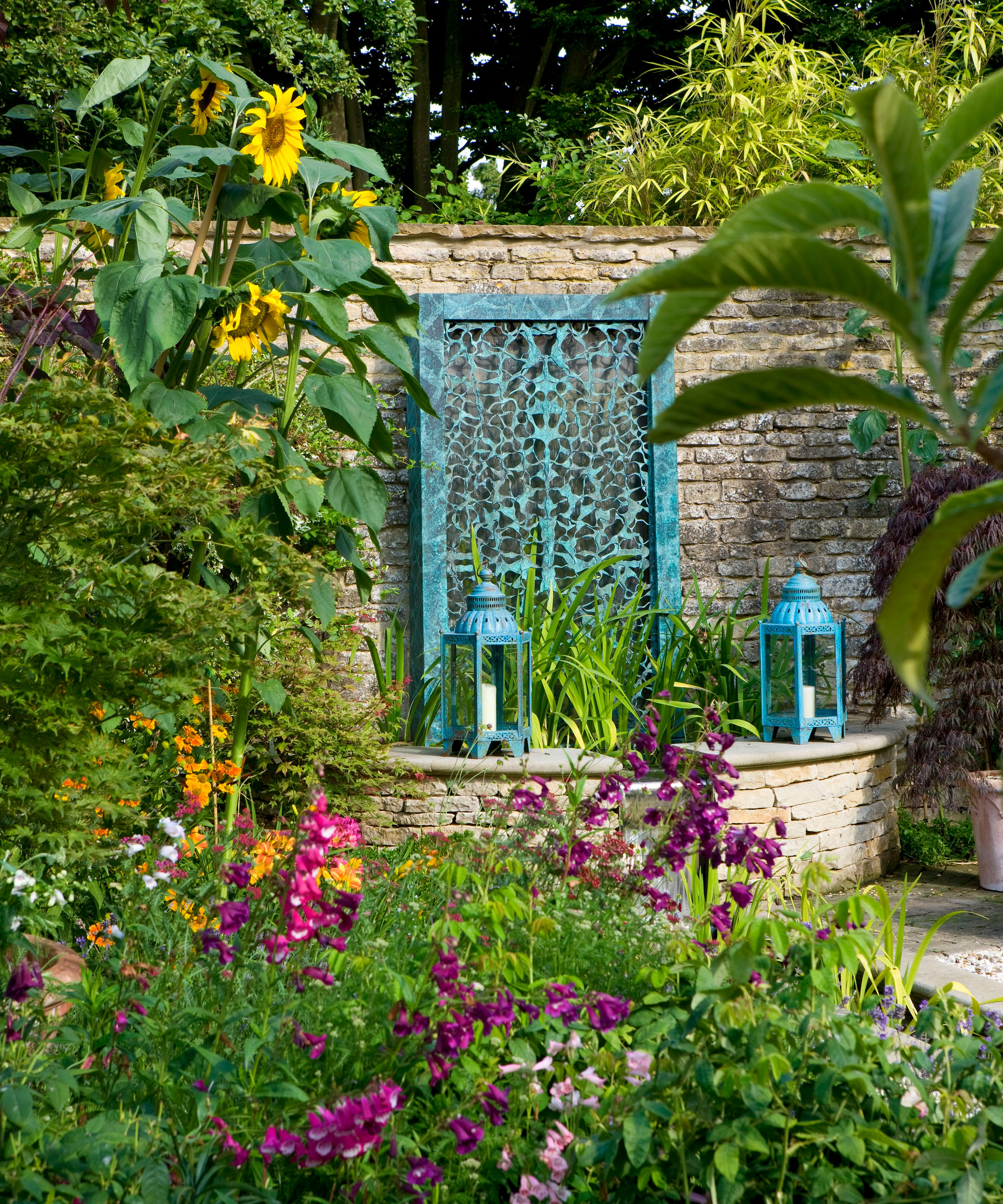
Plan your fragrant garden layout around key design aspects in the garden – whether seating areas, water feature ideas, or garden sculpture – as this will enhance the sensory experience.
'A common design choice is a pathway around a central feature,' says Smith. 'This central item can be anything: a bench, a large quantity of plants, or you could perhaps make use of a water feature.
'A fountain is a great way to add a little sound without removing the function and purpose of the fragrant garden. That soft trickle of water can be really beneficial to your garden.'
Bear in mind scented flowers are great for attracting pollinators such as bees and wasps.
'Consider planting these away from areas you tend to hang out in often, such as an outdoor dining area or children's play equipment – especially if anyone has allergies,' advises Nanka.
6. Think beyond flowers

There are a number of plants that emit pleasing aromas, aside from fragrant flowers, so broaden your horizons to include other types of plants.
'Fruit trees, such as apple and pear, often have a delicate fragrance when blooming or when the fruit is ripe,' says Hyland.
'Many annuals and perennials have attractive seedpods that give off a delightful aroma when squeezed or crushed.
'Some plants' bark, roots, and other parts may also release a pleasing fragrance – such as vanilla plant, cinnamon tree and sassafras root.'
Even just smelling the scent of a freshly mown lawn adds to the fragrant garden experience.
7. Add scent all around with climbing plants
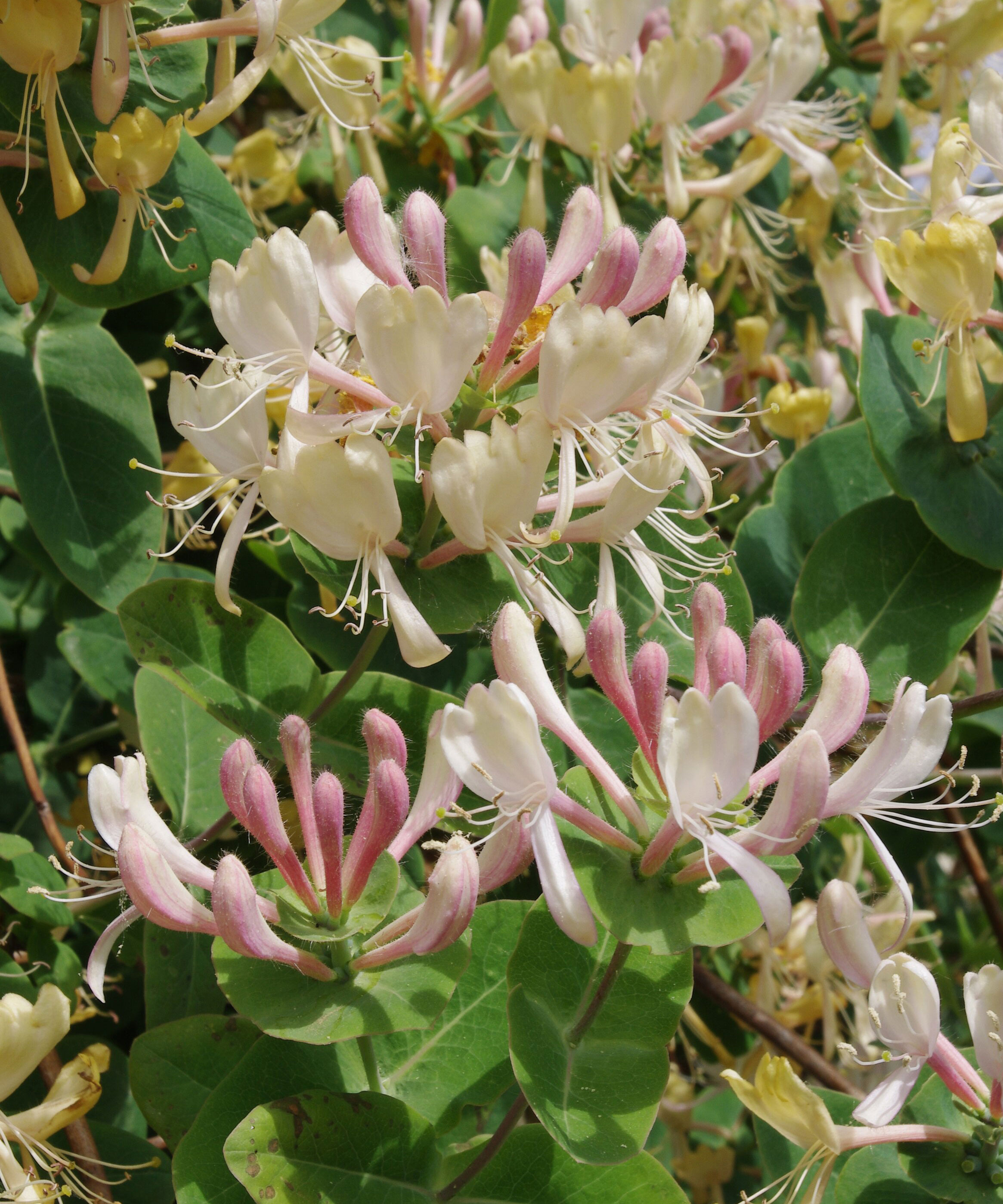
The best climbing plants, such as honeysuckle, jasmine and roses, are also some of the most fragrant.
Filling the vertical plane with scented plants not only provides a feast for the senses – making for a more intense experience – but can also help to disguise an unattractive surface.
In order to grow fragrant climbing plants, you will need some support structure in place. Happily, there are so many wonderful trellis ideas that are both visual and practical, so you can grow a variety of climbers against your garden walls and fences.
8. Position containers to maximum effect
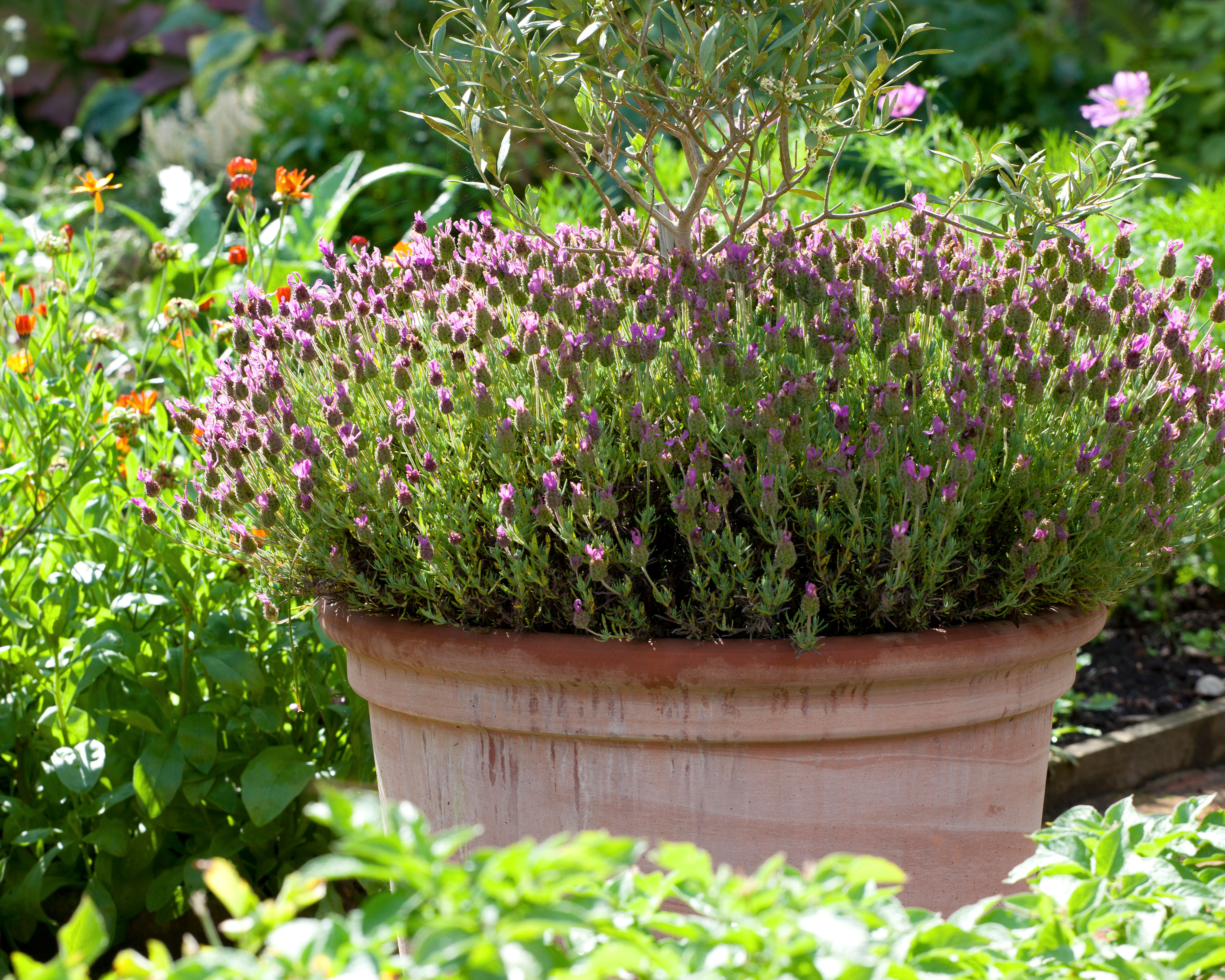
Containers offer another way to experience fragrance at a slightly higher level, as the plants will be raised off the ground.
'Typically, aromatic plants will be more engaged when planted in containers as they are easier to reach,' says McCurry.
Another benefit of adding fragrant plants to your container gardening ideas is that you will be able to contain the roots of more invasive species, such as mint and lemon balm.
In addition, more vulnerable plants can be moved to overwintered in a more sheltered spot or greenhouse.
Position your containers where you will most benefit from the fragrance – either side of a door, at the corner of a path, or next to a seating area.
9. Include aromatic herbs

Not just the preserve of a kitchen garden, herbs are also treasures of a fragrant garden – though their scent often has to be released through contact. Luckily there are so many herb garden ideas worth investigating.
'Ensure you have plenty of space for herbs, which release their aroma when you brush past them,' says Hyland.
'Place fragrant herbs near entryways and patios so their scent can be enjoyed as you come and go.'
Many herbs also deter pests, and are some of the best mosquito repellent plants – including lavender, thyme, rosemary and lemongrass.
10. Choose plants suited to your area

Before investing in plants for a fragrant garden it's important to understand your site-specific growing conditions.
'Start by identifying your USDA hardiness zone,' says Kate Russell, gardening author and owner of The Daily Garden. 'This will help you select plants suited to your climate.
'Native plants perform very well in fragrant gardens and they often require the least care.'
You also need to ensure you are planting for your soil type and considering how much sunlight each area of the garden receives throughout the day.
While some plants, such as scented stocks and daphne, are somewhat shade tolerant, others require full sun.
How can I make my garden smell good?
There are so many ways fragrant plants can be used to make your garden smell good.
'Plant trees, climbers, and pots close together to create a more intense fragrance,' says Hyland. 'Train climbing plants onto trellises or arbors to create a fragrant entryway into your garden.'
There are also ways you can help the plants to release more of their perfume.
'Add a few drops of essential oil to water when watering plants to boost fragrance, and use a hand sprayer to mist leaves and flowers for an instant burst of scent.'
What plant has the strongest fragrance?
There are a few contenders for plants with the strongest fragrance, but jasmine is one of the most potent.
Other strongly scented plants include lilies, roses, honeysuckle and sweet peas.

Melanie has worked in homes and gardens media for two decades. Having previously served as Editor on Period Living magazine, and worked on Homes & Gardens, Gardening Etc, Real Homes, and Homebuilding & Renovating, she is now focusing on her passion for gardening as a Senior Editor at Gardening Know How. As a keen home grower, Melanie has experimented with pretty much every type of vegetable at some point – with mixed results. Often it is the simplest things that elude you, which may explain why she just can't seem to master zucchinis.
- Jennifer EbertEditor